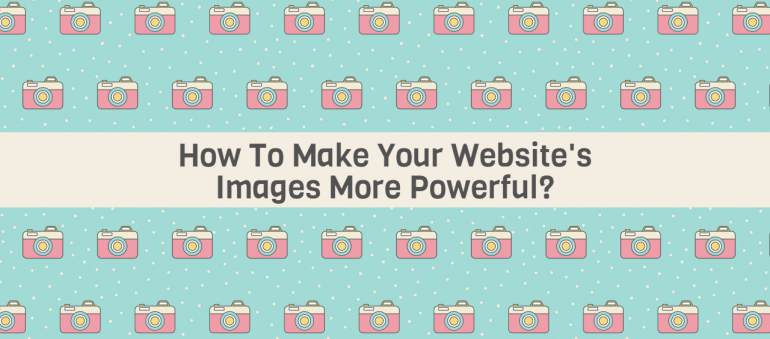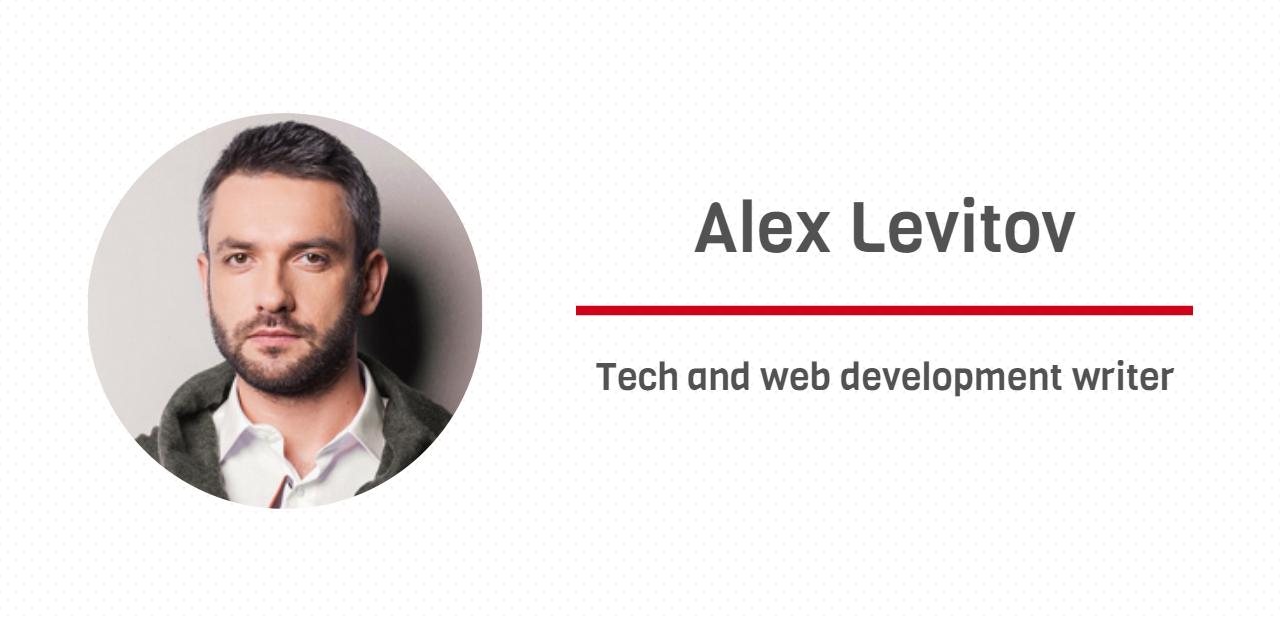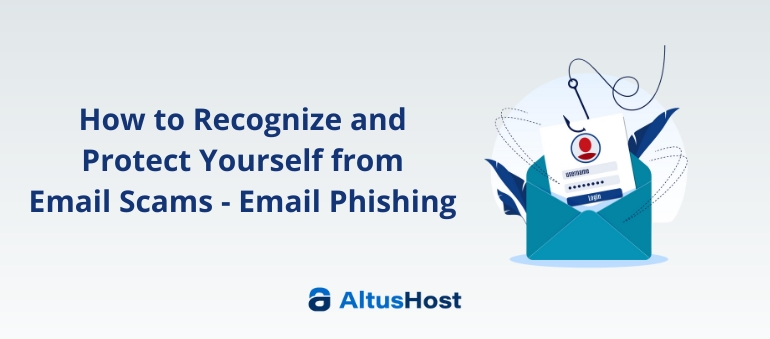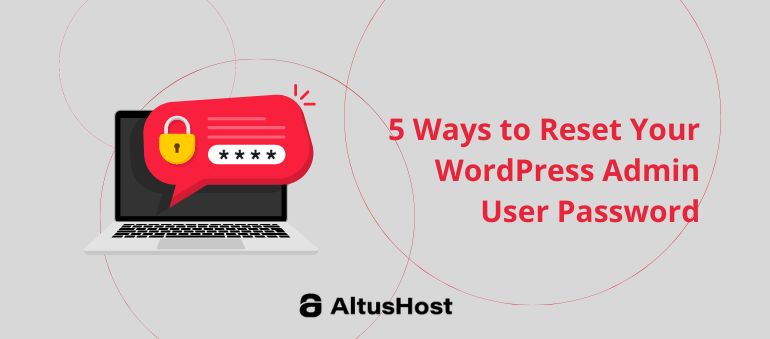Over the past 10+ years, the rules and best practices of content marketing have changed. On the other hand, one sole practice has survived the test hundreds of times.
Images add a lot of power, sense, and narrative to any content. It may sound as a cliché, but it is the ultimate truth. One image speaks thousands of words.
And, considering the fact that people read your website on their desktops, mobile devices, and tablets, it makes a lot of sense to add some life to the content delivery with images.
However, you need to know how to use images to convey emotions, evoke positive feelings of affiliation, support your text narrative, and present information in a crisp and pleasant manner. The question, that, actually begs for answer is –
How can you make images on your website more powerful?
1. Choose images that support the content
Don’t be shy from getting new artwork and original photographies. At the end of the day, visual content has to support the content of the page. Some rules of thumb to remember here:
· Use images with people on them to convey a sense of inclusion to your readers.
· If you need to show product images, make sure the product is visible and in use; dormant products hardly inspire any confidence or desire of ownership.
· Use ambient imagery to take the audience into a meditative state of mind; this is particularly useful when the content demands intense concentration and pondering.
· Don’t use images that directly point to the core point you’re trying to make; metaphors create more impact, so use images that metaphorically tell the core idea, and resonate with audience.
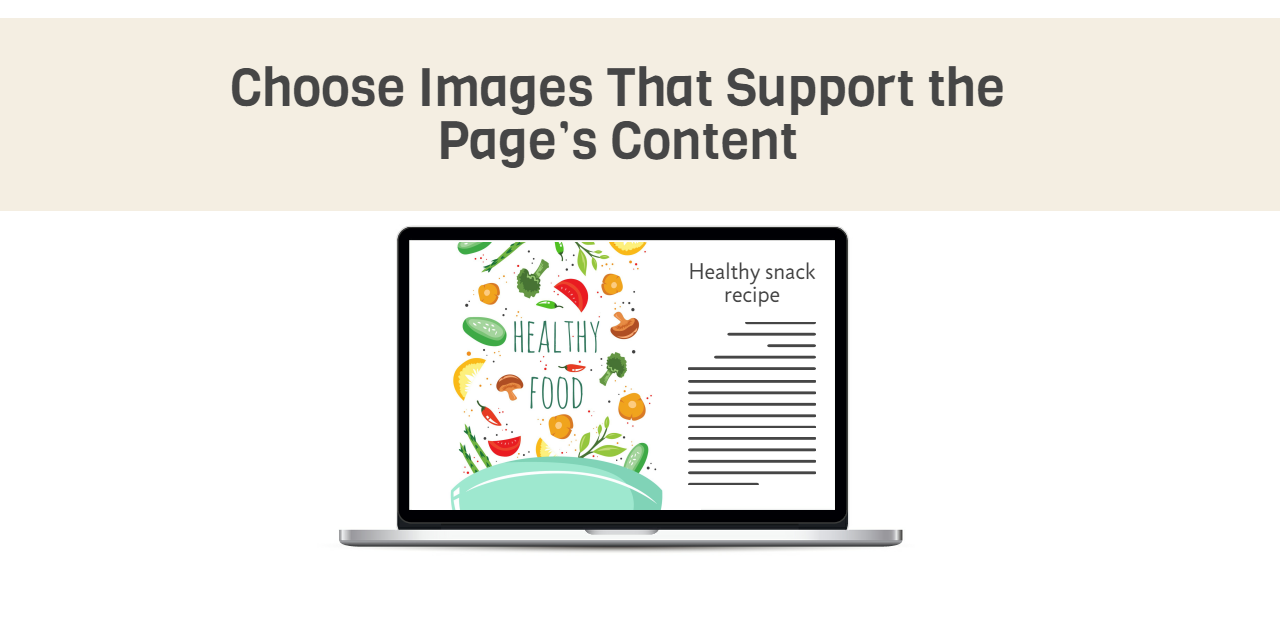
2. Stay relevant to your brand
The biggest mistake you can make with images on your website is to forget the main thing – your brand identity. Every visual cue on your website must be consistent, not only with the brand design, but also with the website theme. If you’re a retailer of colorful painting palettes and you have a blog about that theme, well, let’s say that monochromatic scheme won’t be the smartest choice. Try to get some basic knowledge in photo editors and use color adjustments, cropping, and gradient overlays to fine tune the look and visual feel of the imagery on your website, so that it sits well with your branding visual components, such as the logo, its colors, tag line font and color, etc.
3. Consider The Kind of Photos You Choose
Yes, there’s a lot to explore in terms of kinds of visual content you offer on your website. Many times, a simple change in image style will help you in “getting more eyeballs” to your content. Apart from the usual stock photos you may have been using till now, don’t be afraid to experiment with:
Infographics: Got a lot of information to share? An infographic will be a great option, helping you present the information in an organized manner.
GIFs: BuzzFeed uses GIFs like a boss, in order to add life, humor, and style to its posts. For all entertainment and humor oriented posts, bring in some GIFs and engage the audiences like never before.
Cartoon strips: This option is perfect for adding some light notes to intense content. Remember, New Yorker uses cartoons in its hard hitting news reports and stories, so there’s no web page that can’t be more engaging for audiences with a witty cartoon strip thrown in there.
4. Understand Image Formats and Make Smarter Choices
It’s pretty common for website designers, owners, and content creators to ignore the formats of the images they choose. Apart from having a significant impact on website’s loading speed, image formats and size also affect the way your audience consume visual details you provide. Here’s just some crucial info you should adopt in the future:
JPEG: When you want to keep the image size small, go for this format. It works well for most photos and illustrations. But, make sure to avoid it with brand logos, or if your image consists of line art, or have wide flat color areas.
GIF: If you wish to show animations, this is the format you should definetely go for this viral format. For clip arts, minimally colored images, and flat graphics, GIF seems to be a very good option. For simple logos with color blocks, you can stick to GIF, also.
PNG: When you want to ensure image transparency, go for PNG format. This is a lossless format, so use it for images that need to create strong impressions. Logos and line art images are mostly used in this format.
5. Expand Your Understanding of the Technical Aspects of Photographs
It’s a commonplace for one to judge a photograph purely based on his or hers personal biases. People are people. Make sure you are able to ramp up the impact quotient of your website’s images, you need to either upgrade your technical understanding of photography, or need to bring an expert on board. Many free builders offer to their customers lot’s of free photos and images. To begin with, pick some useful parameters for picking the right photographs and shortlist the best ones. Nice check list would be: color quality, perspective, focus, exposure, cropping, composition, and complexity. If you rely on web based repositories of images for your website search for keywords and terms that will help you find images taken or uploaded by expert photographers, like long exposure, depth of field, low/wide angle, defocused, selective focus, motion blur, still life, full frame/close up/portrait/panoramic.
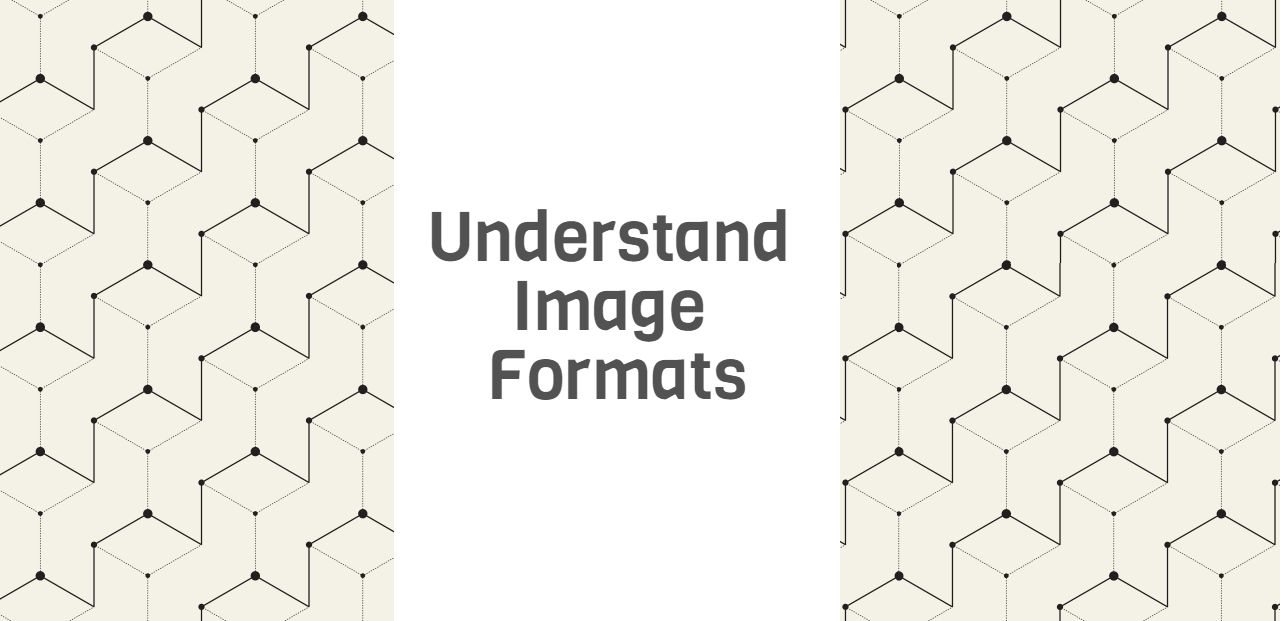
6. Customizations to Make Photographs Blend in the Website’s Theme
Even without photographs, your website has a lot of color cues. The brand logo at the top, the color of the navigation menu, typography, font colors… This pretty little group gives you a certain color profile and personality. Now, when you add photographs, try to identify portions that you can customize. For instance, if your website brand’s logo is blue, and you are working on an image with a lot of people in it, you can use photo editing software to add different shades of reds in the clothes of the people. This makes the image blend well with the overall color profile of the web page, and translates into subtle cues that connect the viewer with the brand.
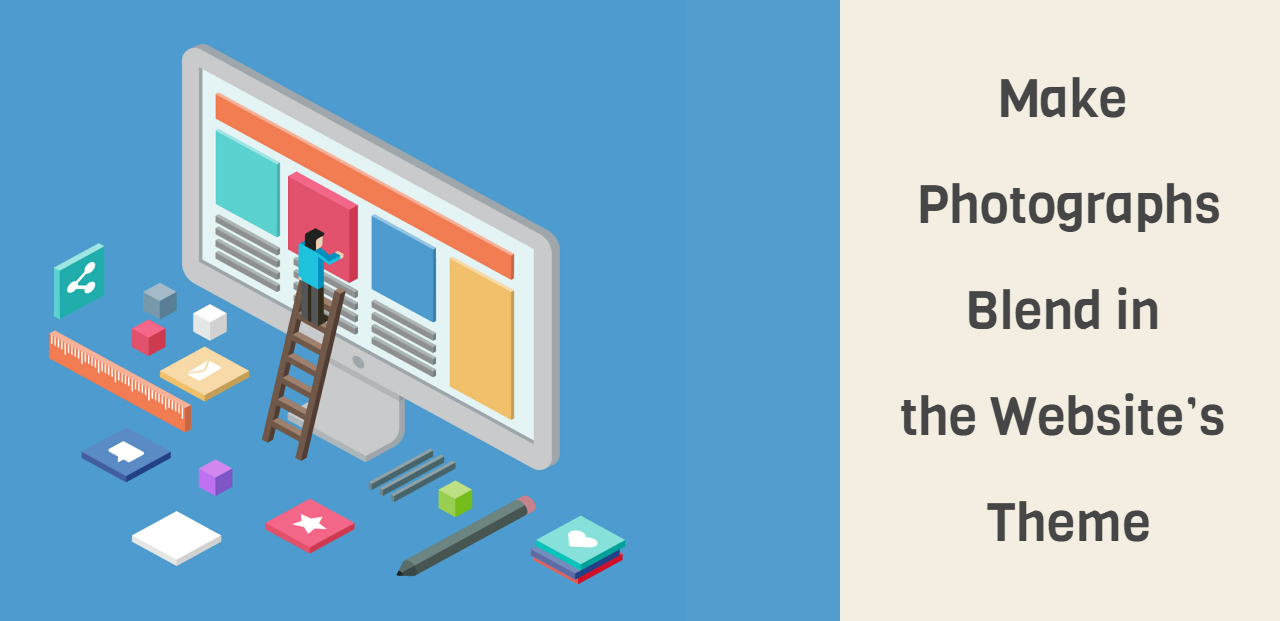
7. Other Means and Methods to Make Your Website Images More Powerful
Here are some other useful tips regarding this matter:
· Use SEO descriptions and captions under the images; this makes sure the audiences get the intended meaning and also makes t
he web page more engaging for the readers.
· Make sure that images don’t interfere with the flow of content consumption.
· Use online image editing tools to quickly transform the look and feel of your photographs before you use them online.
· Get basic image SEO in place; this helps your website’s images contribute to organic traffic.
· Ask yourself; if I remove this image from the page, does the total impact lessen? If yes, keep . If no, it’s time to replace it with something better.
Alex is a tech and web development writer with over 5 years experience in developing UX/UI. The last 2 years he’s been running his own web blog and write analytic articles for different online magazines. You can follow Alex on Facebook and Google+.

